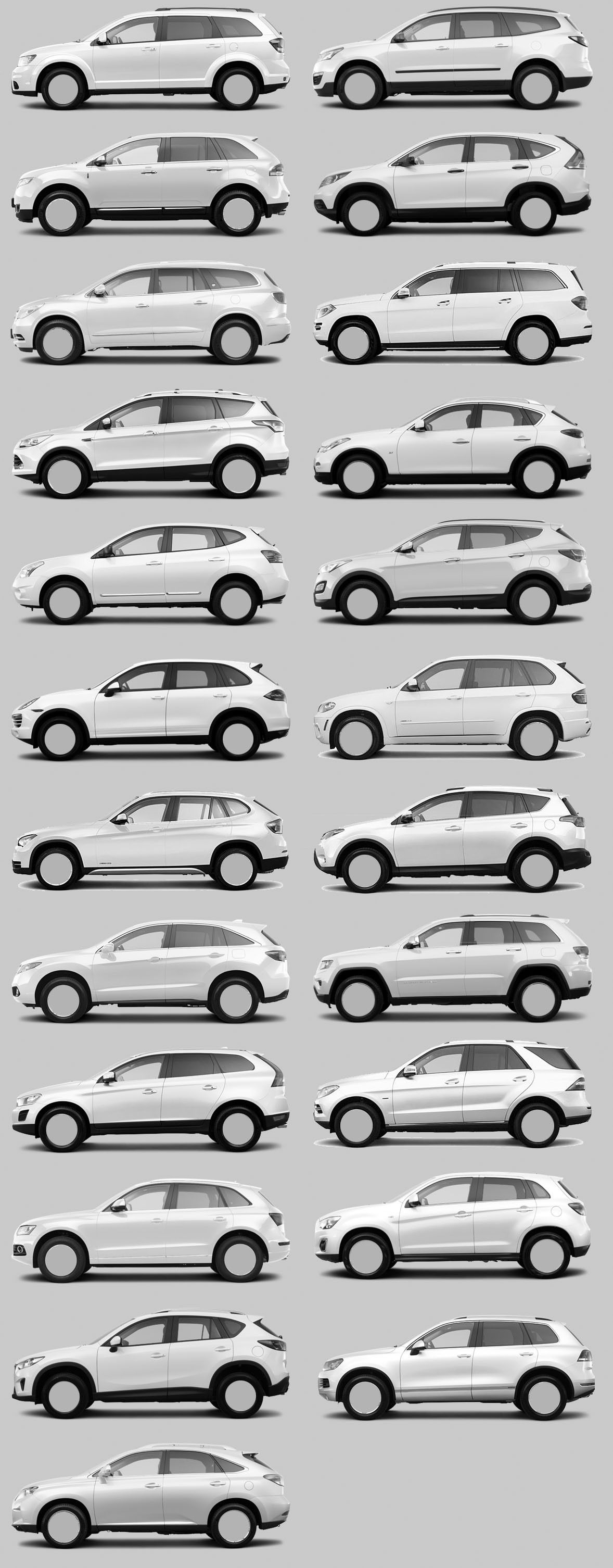The sameness disease

Before I embarked yesterday on rewriting my article from 2017 on The fundamentals of opposable marketing, I initially just wanted to quote Tom Roach in one of his own articles called The stupidity of sameness and the value of difference.
Sameness is commercial suicide (...) The idea of competitive advantage is intrinsically linked to difference. Which is why the marketing sections of business books always say the same thing – difference matters – and no marketing professors ever advocate sameness as a winning strategy.
It's a very insightful reading from a seasoned marketer, not just someone like me that deal with startups and corporate innovators, which by nature want to bring on de facto differentiation.
From his point of view, though, lack of differentiation – which I would largely conflate to non-opposable marketing – comes from a natural convergence of sorts in business that disarm marketers.
In this world of agile product development, genuine differences in products can now be eroded faster than ever. Differences tend to be smaller, less tangible and more fleeting. What makes a company different in its totality could be a combination of thousands of tiny differences, rather than larger, more singular, more permanent points of difference. Perhaps these many small differences are harder for marketers to get a fix on, distill and build their brands around.
The only nuance I would have is that it's not a communication or brand value problem. Most companies are simply in the business of producing and delivering commodity products or services. Differences are marginal because very few companies create significant added value, just more of the same. And this gets worse when companies are publicly traded, scrutinized every second on the most minute decision they make, and can't afford to explore radical ideas anymore.
If in doubt consider the SUV/crossover car market:

When marketing sucks – which is often – it's not because marketers are lazy or plain bad, but because they don't have anything to feed upon to start with. If you have a clear strategy, you automatically have the cornerstones of a marketing plan.
Clearly there’s no point magicking up distinctive brand assets or distinctive advertising from nowhere. So identify your strengths and differences and build your brand around them. Use them to inform the development of distinctive brand assets and truly distinctive communication. Deploy them consistently. So that everything you do and say makes you look more like you and less like others.
This sameness disease originating from a lack of strategic differentiation and innovation ends up crunching every and each brand asset:
2020 in a nutshell: pic.twitter.com/DUo0jG2R8Q
— Mitch Goldstein (@mgoldst) December 10, 2020
The whole article goes deeper and illustrates with data how being uniquely different is more profitable, how ads that make brands seem different are more likely to drive sales, or what is the Restorff effect (distinctiveness drives memorability). Again, what is explained here from a pure communicant standpoint is valid from a business model standpoint as well.
When you'll have read Tom's article, and if you don't have the time or the inclination to rethink how marketing, engineering, and design should be connected together, you could at least spend an extra hour re-reading the venerable Purple Cow of Seth Godin.





